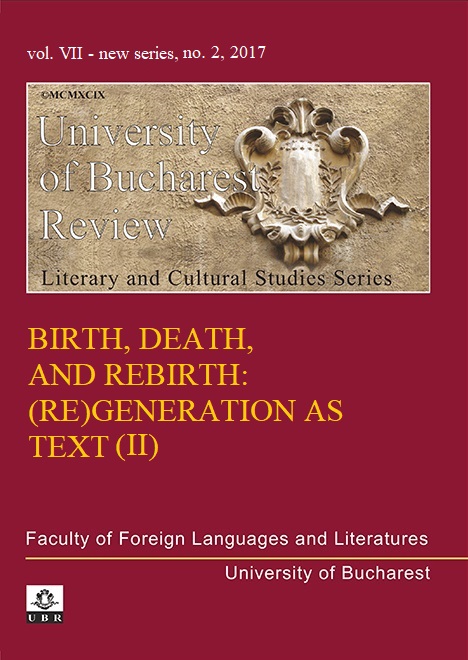TRANSFORMATIONS OF MORAL VALUES IN
WUTHERING HEIGHTS AND LATER CRITICAL
METAMORPHOSES
TRANSFORMATIONS OF MORAL VALUES IN
WUTHERING HEIGHTS AND LATER CRITICAL
METAMORPHOSES
Author(s): Cristian VijeaSubject(s): Fiction
Published by: Editura Universităţii din Bucureşti
Keywords: moral rebirth; unreliable narrator; postmodern work; pantheism; reversed symmetry; Victorian morality;
Summary/Abstract: The purpose of this paper is to prove that, despite the seemingly innovative narrative technique, Wuthering Heights belongs to its period and can hardly qualify as a modern or postmodern work ahead of its time. The proponents of the latter view (Shunami, Frangipane) have to overly emphasize two things in the novel: the unreliable narrator and the unresolved psychological conflicts. While these features uncovered by later criticism have a clear basis in the novel, a critical endeavour which tries to move the novel forward in time is bound to fail. In order to pursue this line of interpretation, the critic is forced to insist upon the unreliability of the whole narrative in the work and to gloss over the embedded moral messages. This is the point where this line of criticism departs from the work and gets trapped in a spiralling microphone proximity effect.My paper claims that many passages, flagged by these critics as uninterpretable otherwise than as a metafictional ironic play of the author, become interpretable in the case of the informed reader, conversant with the Bronte sisters’ religious upbringing, their education and the literary works which influenced their childhood. A closer look betrays the fact that these very passages make perfect sense if we take into account the rebirth the person-oriented morality based on royal-path Christian values and virtues, in the early Victorian society, and particularly so in the Yorkshire communities in which the Bronte sisters grew up, aswell as the death knell sounded to the Romantic pantheistic-tinged morality.Then, these interpretations are completely unable to take into account the reversed symmetry between the two Catherines, and Heathcliff’s sudden curb put on his revengeful plan. To what extent the novel that this critical stunt leaves behind is still WH we leave to our readers to decide.
Journal: University of Bucharest Review. Literary and Cultural Studies Series
- Issue Year: VII/2017
- Issue No: 2
- Page Range: 107-117
- Page Count: 11
- Language: English

